Welcome to part two of insulation simplified. You can read part one here. As we mentioned in part one of Insulation Simplified, home insulation requires careful consideration. Why? Because the right insulation will ensure your home is both comfortable and energy efficient, especially as Covid-19 self isolation guidelines will see you spending more time at home than ever before. If your insulation is done correctly, you can save thousands of dollars in heating and cool bills over time. The tricky part when it comes to insulation is there are a variety of types of insulation, so it can be hard to know which is best. In part one, we covered foam versus blanket insulation. Today, we are looking at the difference between rigid insulation and loose fill insulation.
What is Loose Fill Insulation? The Basics
Loose fill insulation is also known as blown insulation and is one of the most popular types of insulation due to its affordability and versatility. Loose fill insulation can comprise a variety of materials: cellulose (even recycled newspapers,) fiberglass, polystyrene beads, perlite or vermiculite). The R-value of these materials varies from 2 to 4 per inch, which also means the price can vary quite a fair amount.
What are the Benefits of Loose Fill Insulation?
So, what are some of the benefits of using loose fill insulation to insulate your home? First of all, it is versatile; you can use loose fill insulation for existing or new homes, and it is a good option for new wall cavities. It is the ideal insulation for hard-to-reach places and in irregular shaped areas, due to its flexible nature. It is also sound proof thanks to its fiberglass components. Another benefit is that it is easy to install; you can install it yourself using a rented machine or you can call on a professional. Finally, it is one of the most affordable insulation materials on the market, especially when compared with blanket or foam insulation.
What are the Disadvantages of Loose Fill Insulation?
Conversely, there are some disadvantages that come with loose fill insulation. Firstly, it can decay quickly; loose fill insulation is affected by convective air movement which lowers its R-value by as much as 50% over time. Furthermore, loose fill insulation does not effectively deter pests or insects, especially in comparison to foam or blanket insulation. There are also some health concerns to using loose fill insulation, as fiberglass can be a skin and lung irritant, especially in loose installations. Finally, many materials used in loose fill insulation are not fire-proof, which can pose a safety hazard.
What is Rigid Insulation? The Basics
Rigid insulation, also referred to as continuous insulation, is often composed of foam plastics such as polyurethane (PUR), polyisocyanurate (PIR), and polystyrene, or from fibrous materials such as fiberglass, rock and slag wool. The R-value of these materials is much higher and it varies from 4 to 7 per inch.
What are the Benefits of Rigid Insulation?
There are a few key benefits of rigid insulation. First of all, it is energy efficient, offering excellent thermal comfort throughout the year. It is also breathable; the air moves around rigid insulation but not through it, which makes it ideal for air sealing your home. It is also highly durable, lasting longer than loose fill insulation while also maintaining its form and other properties. And, it is pet resistant; rodents and insects cannot nest in rigid insulation.
What are the Disadvantages of Rigid Insulation?
There are, of course, some disadvantages when it comes to using rigid insulation. First of all, it can be expensive. With such high-rating thermal comfort and durability, you can expect to pay a bigger price for rigid insulation. However, if you live in a place with cold winters and hot summers like Maryland and Virginia, it is a sound investment that will help you save on your energy bills. On the other hand, it can be hard to find. Rigid insulation is not available in every local hardware store, which can be a detractor when trying to do a DIY project. Lastly, rigid insulation is prone to sun damage. Some of the materials used for rigid insulation may degrade when exposed to sunlight, which you should keep in mind when transporting, storing or installing rigid insulation.
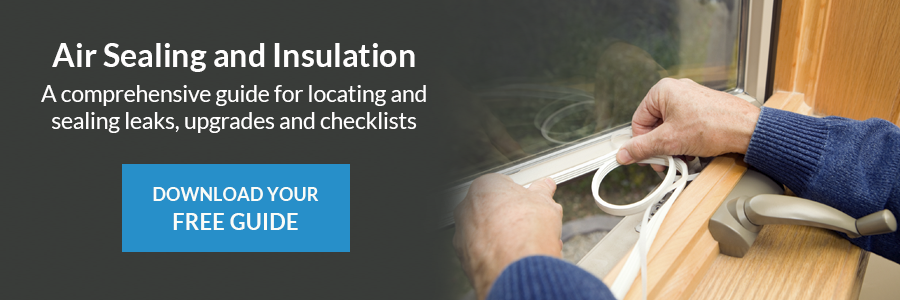
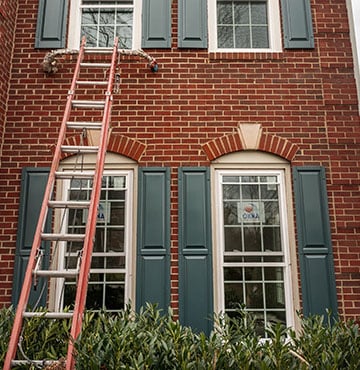
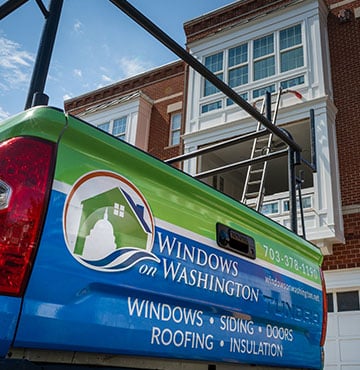
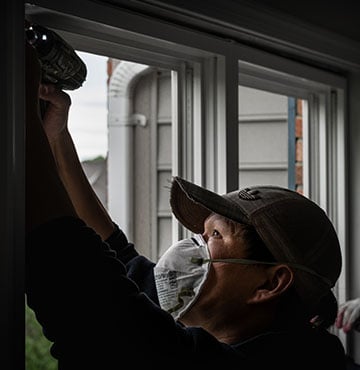
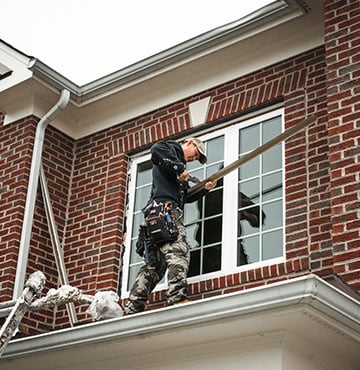






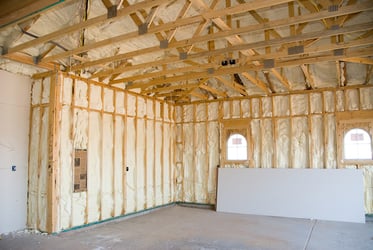
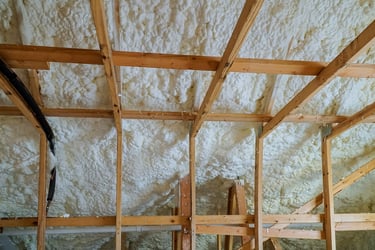

%20(720%20%C3%97%20510%20px)%20(500%20%C3%97%20500%20px)%20(300%20%C3%97%20300%20px)%20(400%20%C3%97%20400%20px)%20(700%20%C3%97%20700%20px)%20(480%20x%20550%20px).png?width=480&height=550&name=Untitled%20(860%20%C3%97%20860%20px)%20(720%20%C3%97%20510%20px)%20(500%20%C3%97%20500%20px)%20(300%20%C3%97%20300%20px)%20(400%20%C3%97%20400%20px)%20(700%20%C3%97%20700%20px)%20(480%20x%20550%20px).png)
Comments